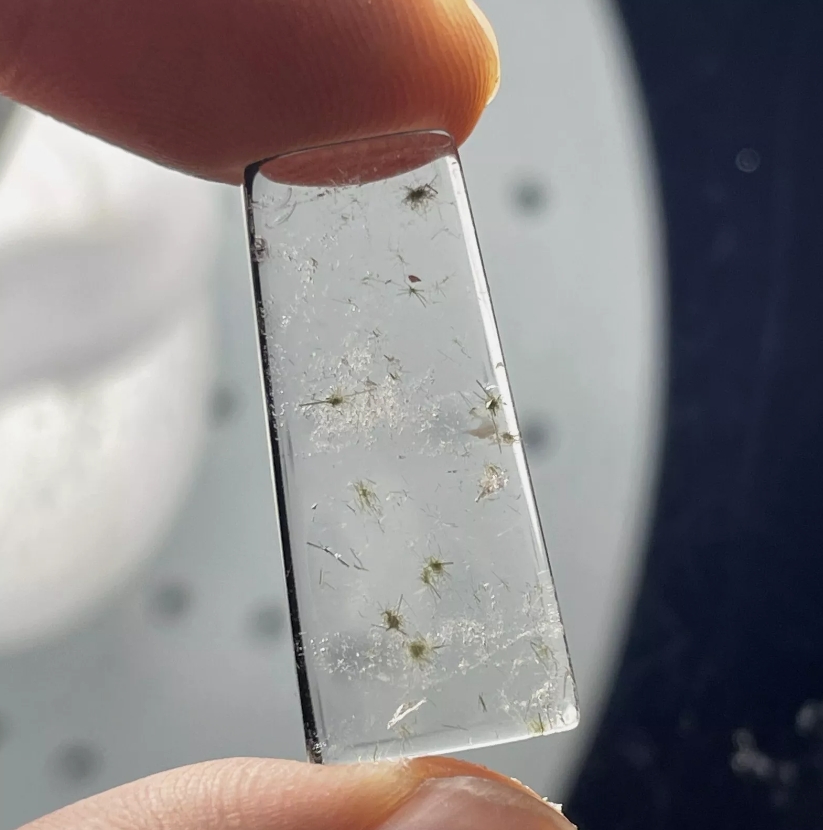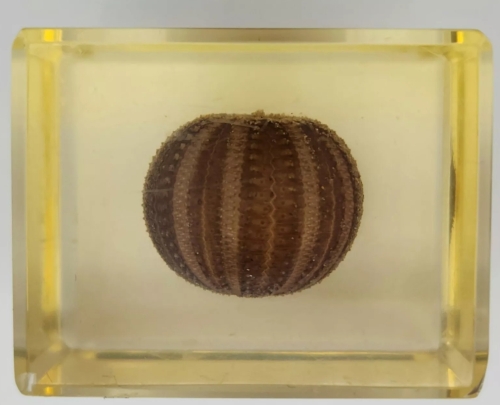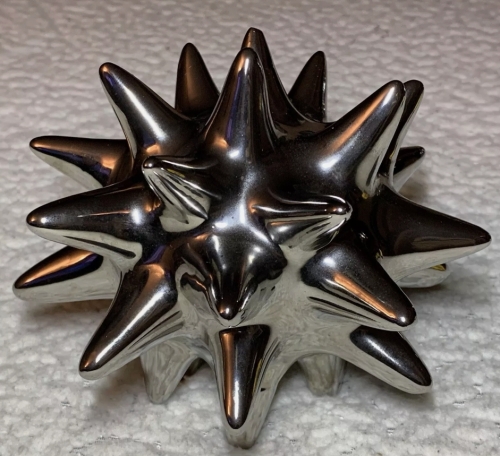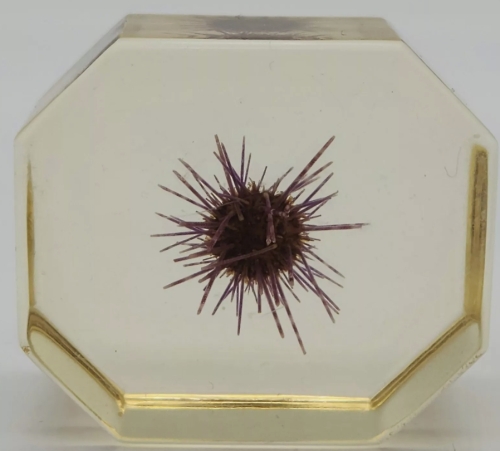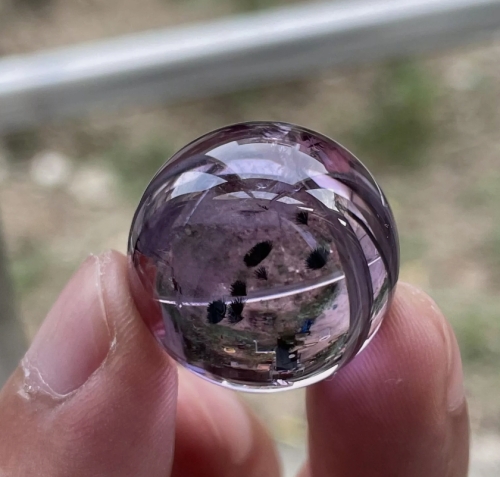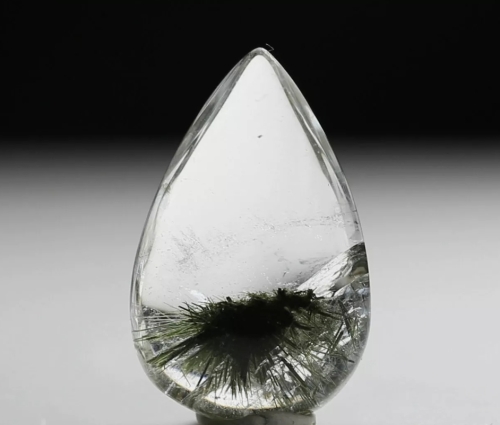Sea urchins are Marine invertebrates that belong to the phylum echinoderm and belong to the same large group as starfish and sea cucumbers. Sea urchins have a strange shape, round or flat round, with a hard shell, often called a "shell". These shells are studded with tiny spines that not only serve as protection, but also help the urchins move across the seafloor.
The growth process of sea urchins is divided into several stages. Their life cycle begins with a fertilized egg, passes through the plankton stage, and eventually hatches into a larva. Larval urchins live in the water, usually feeding on phytoplankton, but when they grow to a certain extent, they begin to take root on the seafloor and become benthic. Adult sea urchins feed mainly on algae, seaweed and other plant-based foods.
In the field of scientific research and education, sea urchin specimens are very important research objects. Specimens are usually collected by researchers and specially treated so that they can be preserved for a longer period of time for subsequent observation and study. By studying sea urchin specimens, scientists can gain insight into their biological characteristics, ecological functions and role in the Marine food chain.
Sea urchins play an important role in the ecosystem. As herbivores, sea urchins have an important influence in controlling the abundance of seaweed and other aquatic plants. If the population of sea urchins is out of balance, it can lead to excessive growth of seaweed, which can affect the health of the entire Marine ecosystem. On the contrary, a moderate number of sea urchins helps maintain ecological balance and promote diversity.

